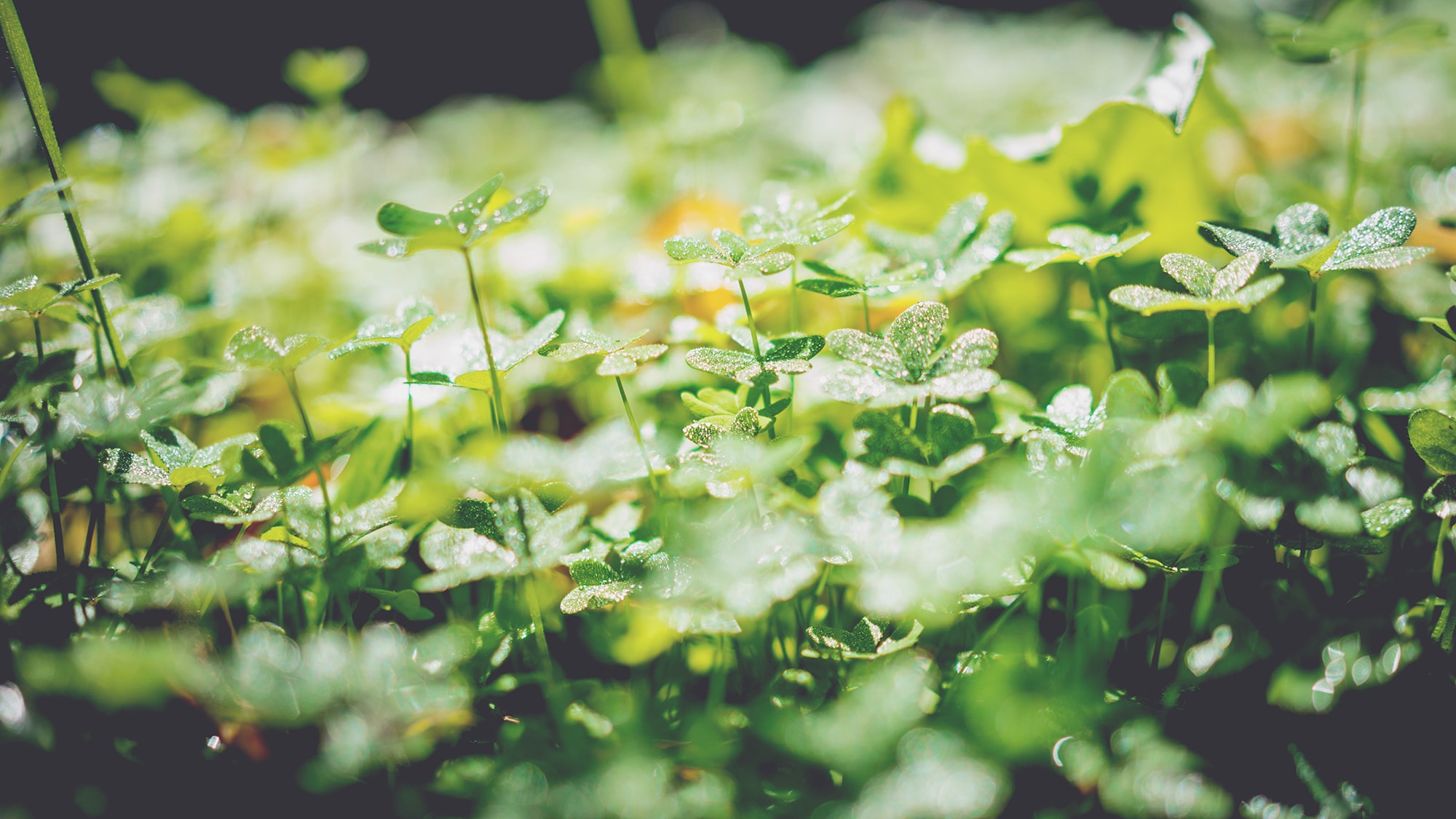When it comes to cultivating a lush and vibrant lawn, many homeowners immediately think of grass as the go-to option. However, there is a growing trend that challenges this conventional wisdom – the clover lawn. Clovers, once seen as a weed, are now being embraced for their numerous benefits, both for the environment and for homeowners. In this article, we will explore why a clover lawn is a smart and sustainable choice, discussing its resilience, low maintenance requirements, environmental advantages, and the steps to establish and maintain a beautiful clover lawn.
Resilience and Low Maintenance
One of the standout features of clover is its resilience. Unlike grass, which requires frequent watering, mowing, and fertilization to maintain its appearance, clover is naturally drought-tolerant and resistant to pests and diseases. Clover’s deep roots allow it to access water from deeper soil layers, making it more resilient during dry periods. Its ability to fix nitrogen from the atmosphere enriches the soil, reducing the need for synthetic fertilizers.
Additionally, clover lawns require less mowing. While grass lawns need regular trimming to maintain a manicured look, clover grows to a moderate height and stays green even when not mowed. This low-maintenance characteristic makes clover an ideal choice for homeowners who prefer spending their time enjoying their yard rather than maintaining it.
Environmental Advantages
Choosing a clover lawn provides a range of environmental benefits. Firstly, clover attracts beneficial insects, such as bees and butterflies, with its abundant nectar-rich flowers. This promotes pollination and helps support local ecosystems.
Moreover, clover reduces the need for chemical pesticides. Its dense growth habit naturally suppresses weed growth by shading out competing plants, minimizing the need for herbicides. This means less exposure to potentially harmful chemicals for both humans and pets.
Clover also improves soil health. Its extensive root system helps prevent soil erosion and compaction, while its nitrogen-fixing ability enriches the soil with this essential nutrient. As a result, a clover lawn requires fewer synthetic fertilizers, reducing the environmental impact associated with their production and application.
Establishing and Maintaining a Clover Lawn
Establishing a clover lawn is a relatively simple process. Start by removing existing grass or weeds from the desired area, either manually or with a sod cutter. Prepare the soil by loosening it with a rake and removing any debris.
Next, select the type of clover that best suits your needs. White clover (Trifolium repens) is the most common choice for lawns due to its low-growing habit and durability. Consider mixing in other clover species, such as red clover (Trifolium pratense) or Dutch clover (Trifolium hybridum), to add diversity to your lawn.
Spread the clover seeds evenly across the prepared soil and lightly rake them in. Water the area thoroughly to ensure good seed-to-soil contact. Keep the soil consistently moist until the clover seeds germinate and establish, which usually takes about two to three weeks.
Once the clover is established, minimal maintenance is required. Mow the lawn occasionally to maintain a desired height, but allow some flowers to bloom for pollinators. Avoid using herbicides, as they can harm the clover and disrupt its growth.
Conclusion
Choosing a clover lawn offers homeowners a host of benefits, from resilience and low maintenance to environmental advantages. By embracing clover as a sustainable alternative to traditional grass lawns, we can create beautiful and eco-friendly landscapes that benefit both ourselves and the planet. So, why not join the green revolution and cultivate a vibrant and thriving clover lawn, contributing to a greener and more sustainable future.

